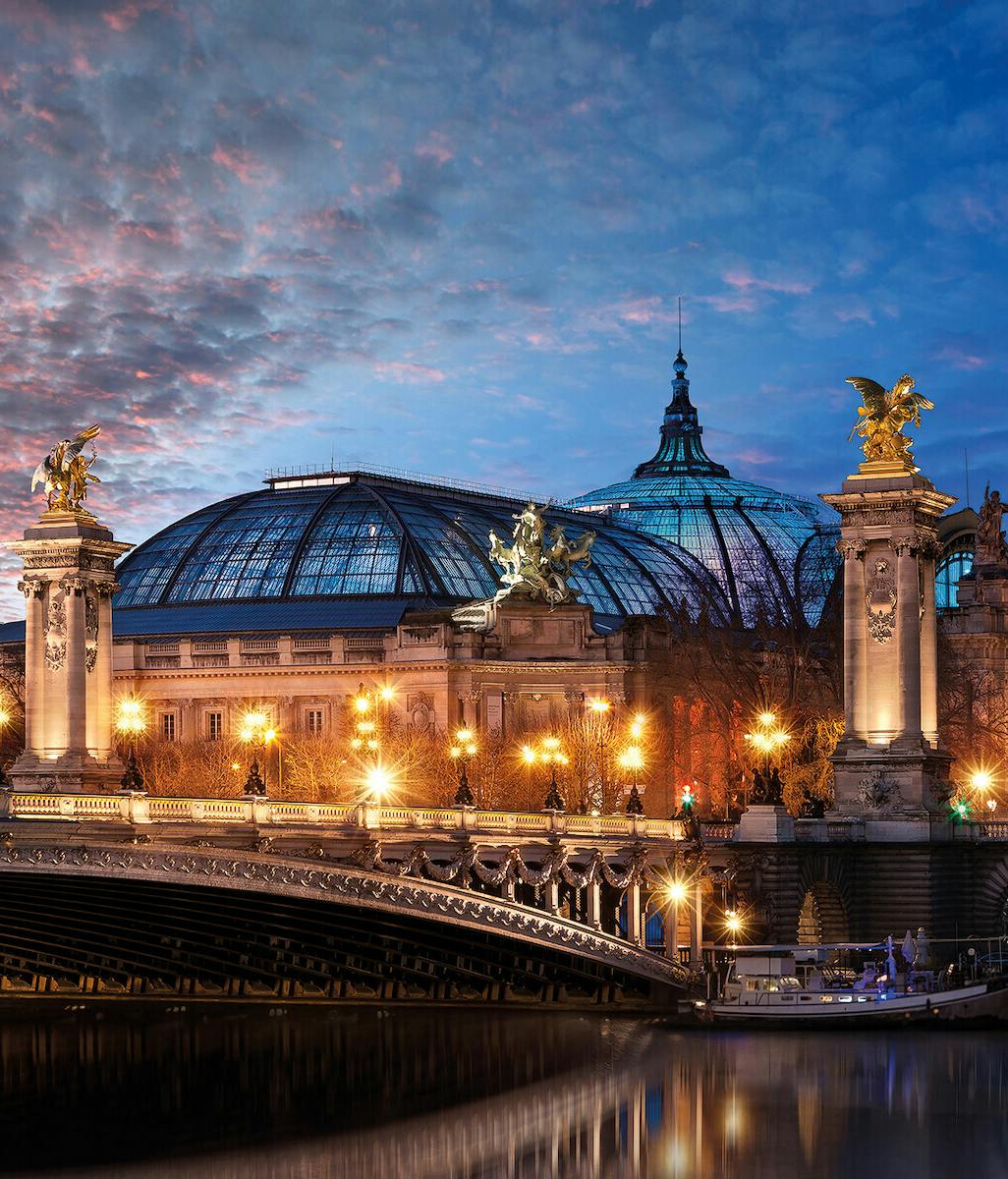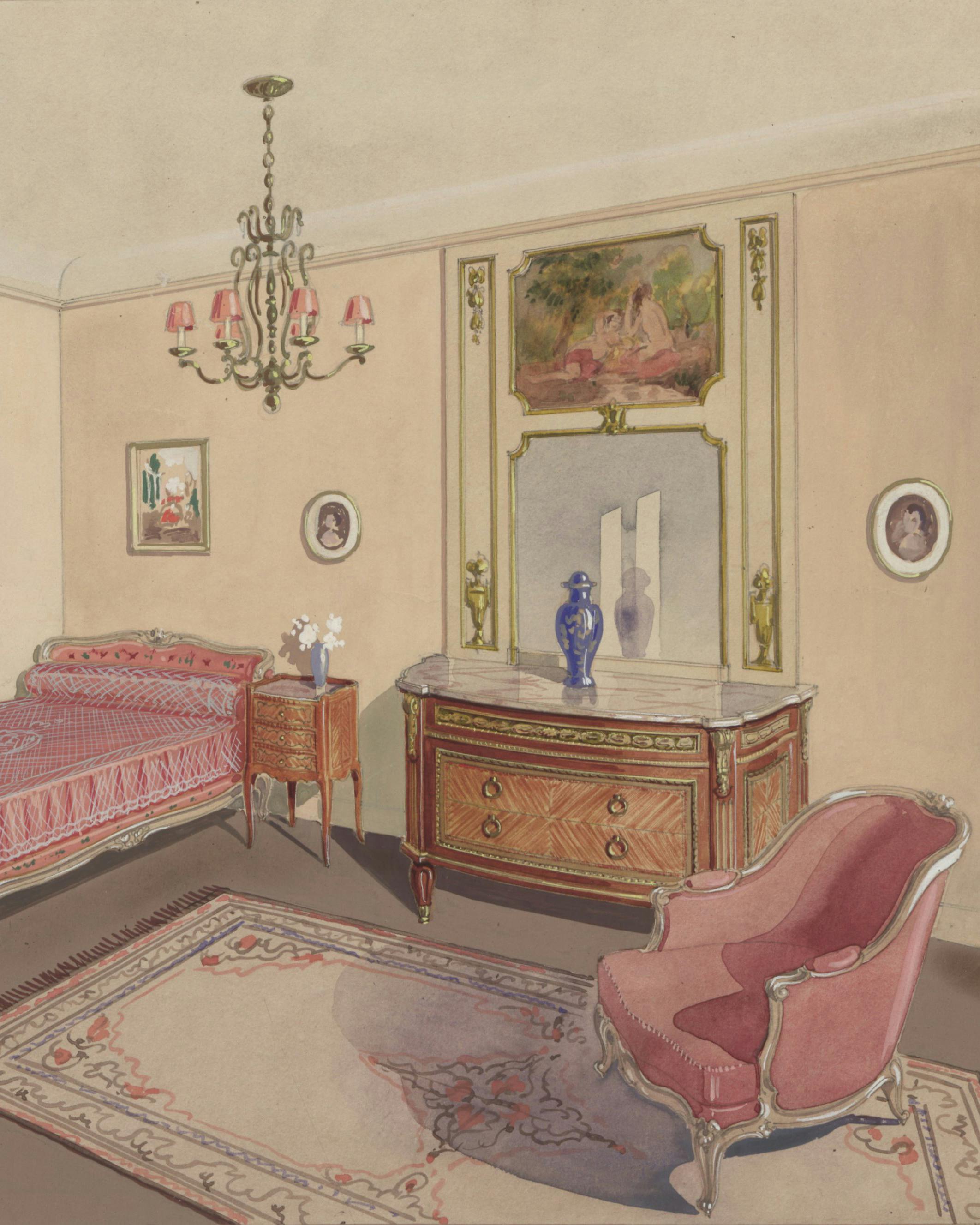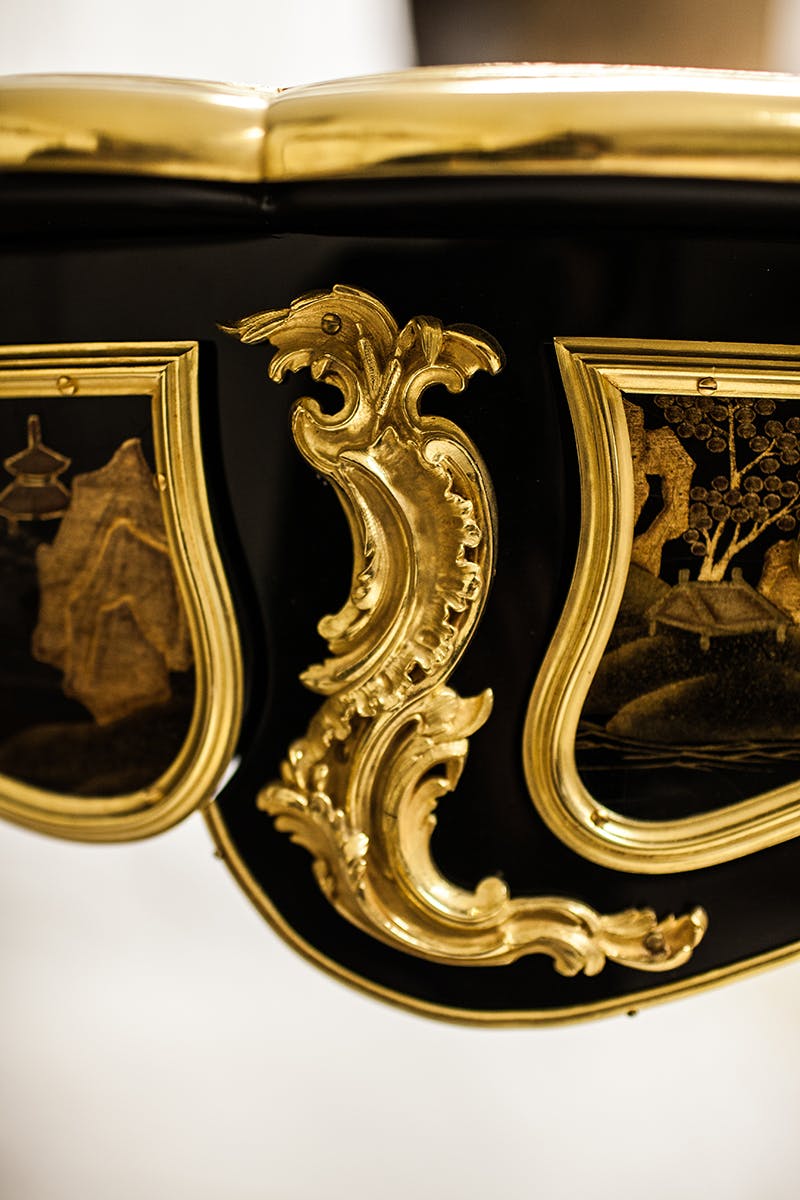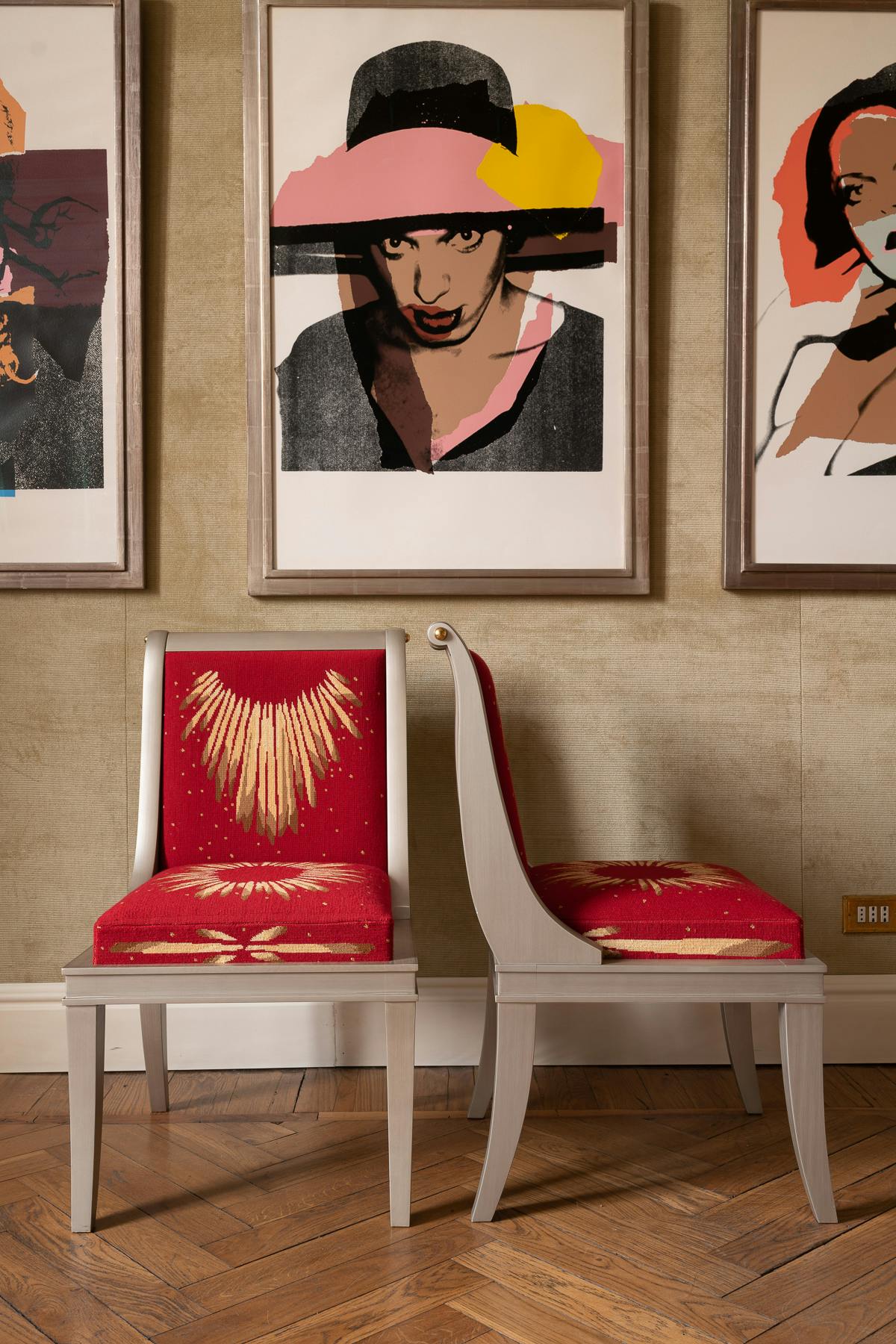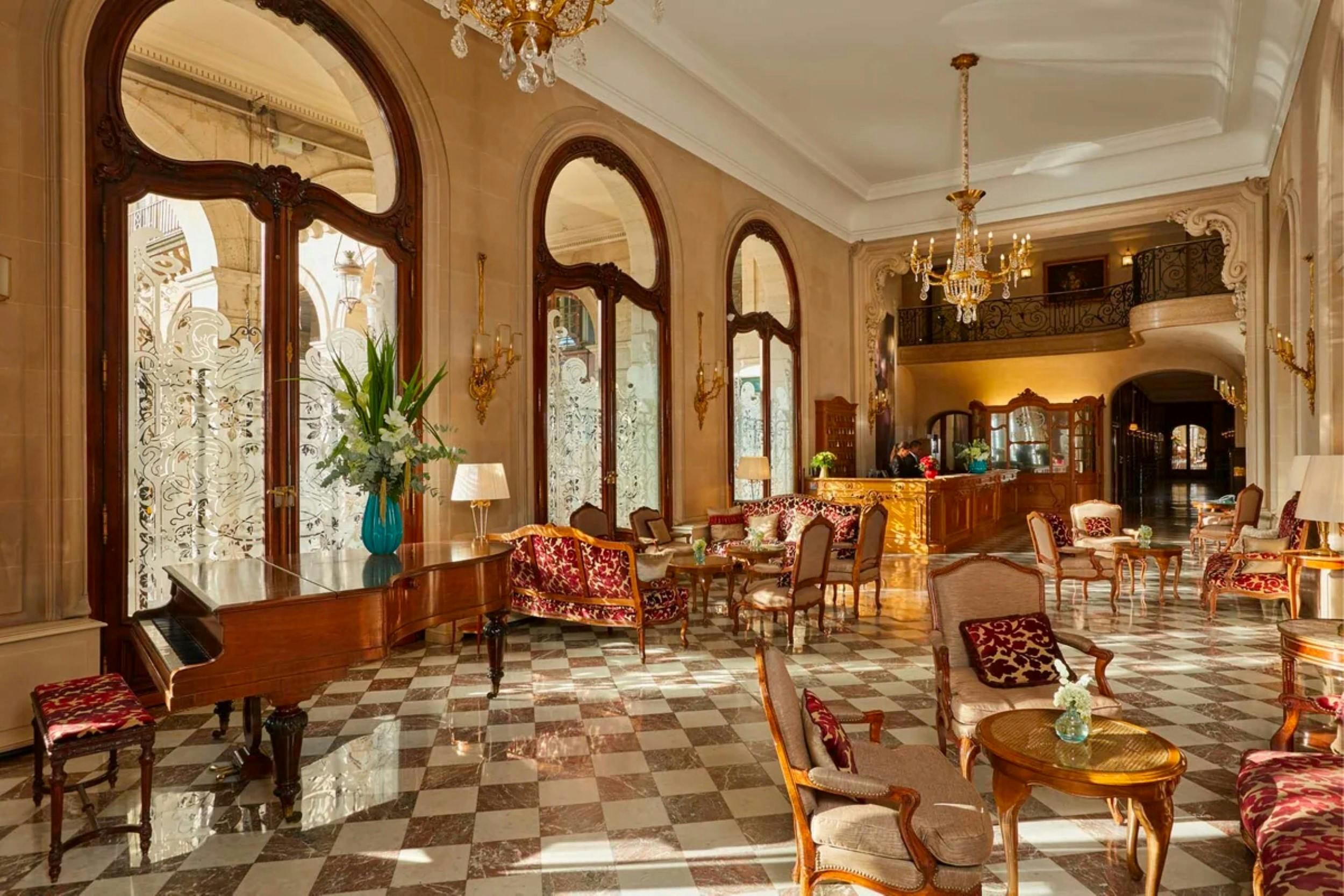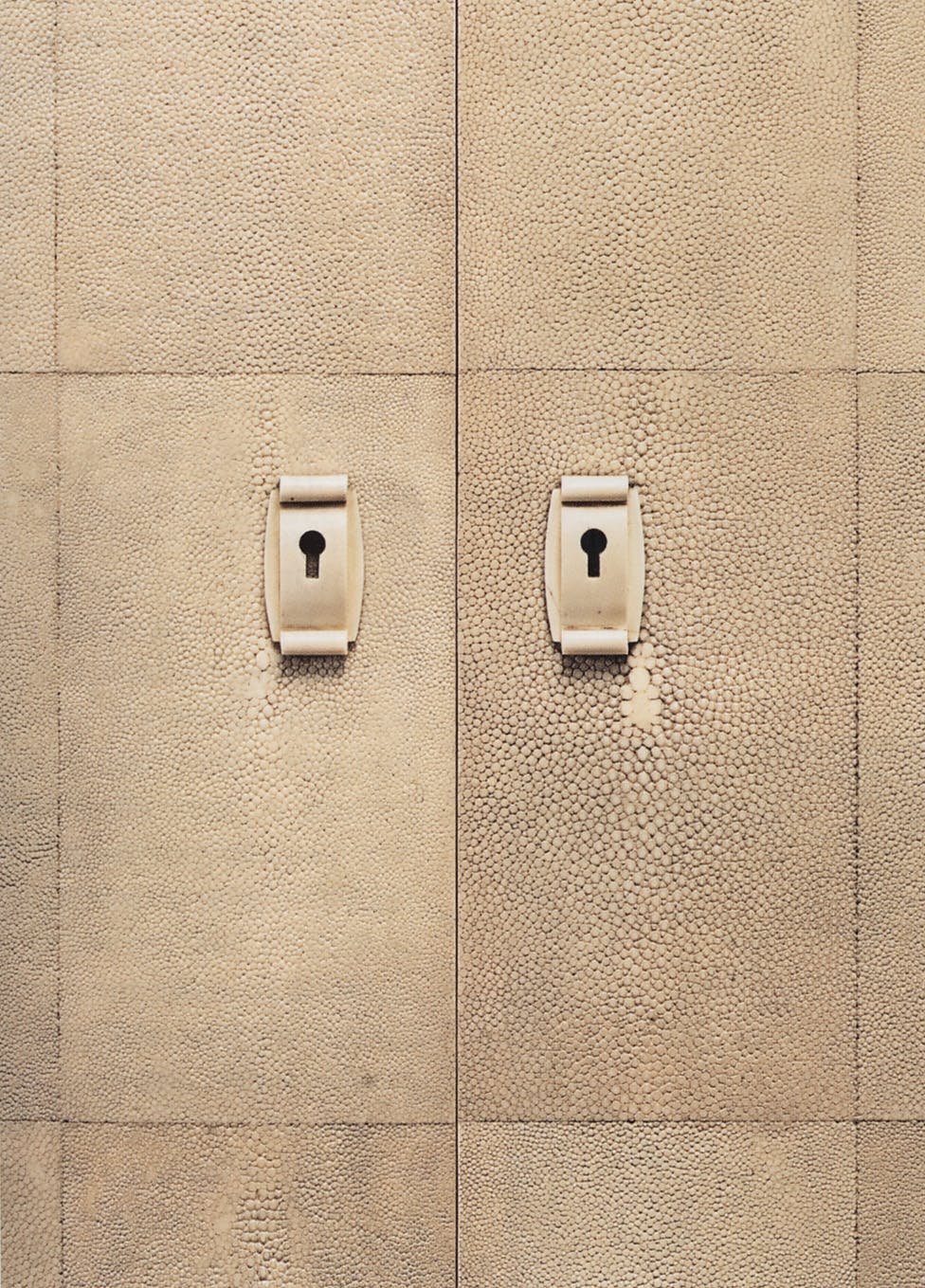Rinck: A Century of Major Art Salons in Paris
For over a century, art and interior design fairs have served as vital venues for ensembliers décorateurs, providing incomparable showcases for displaying their style and savoir-faire. These major events – bringing together designers, creators, artisans, and artists, recognizing talent and setting the trends of each era – have shaped the very history of design and furnishings.
